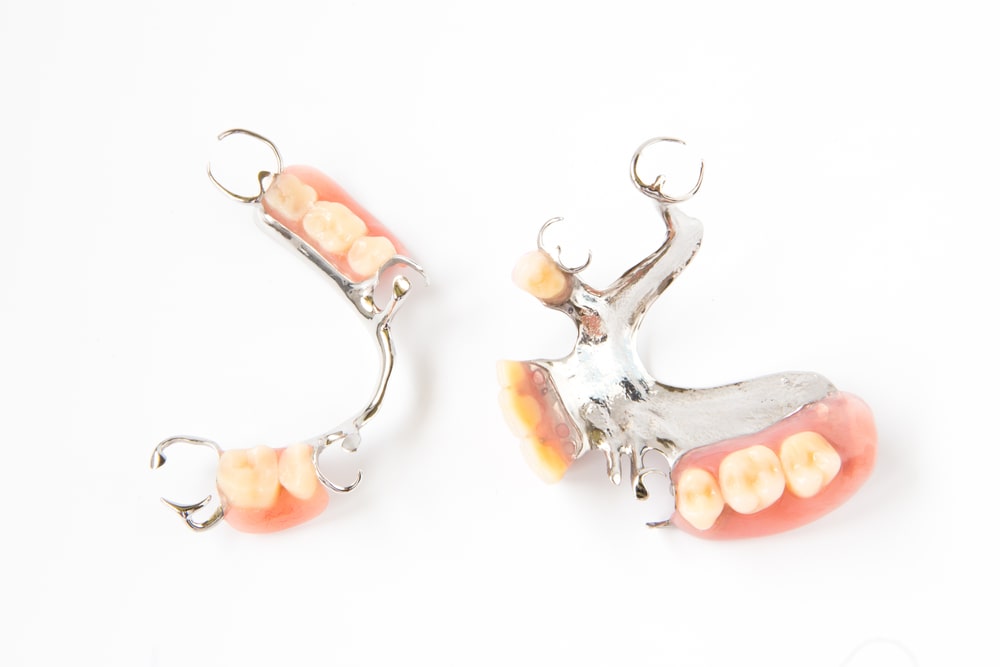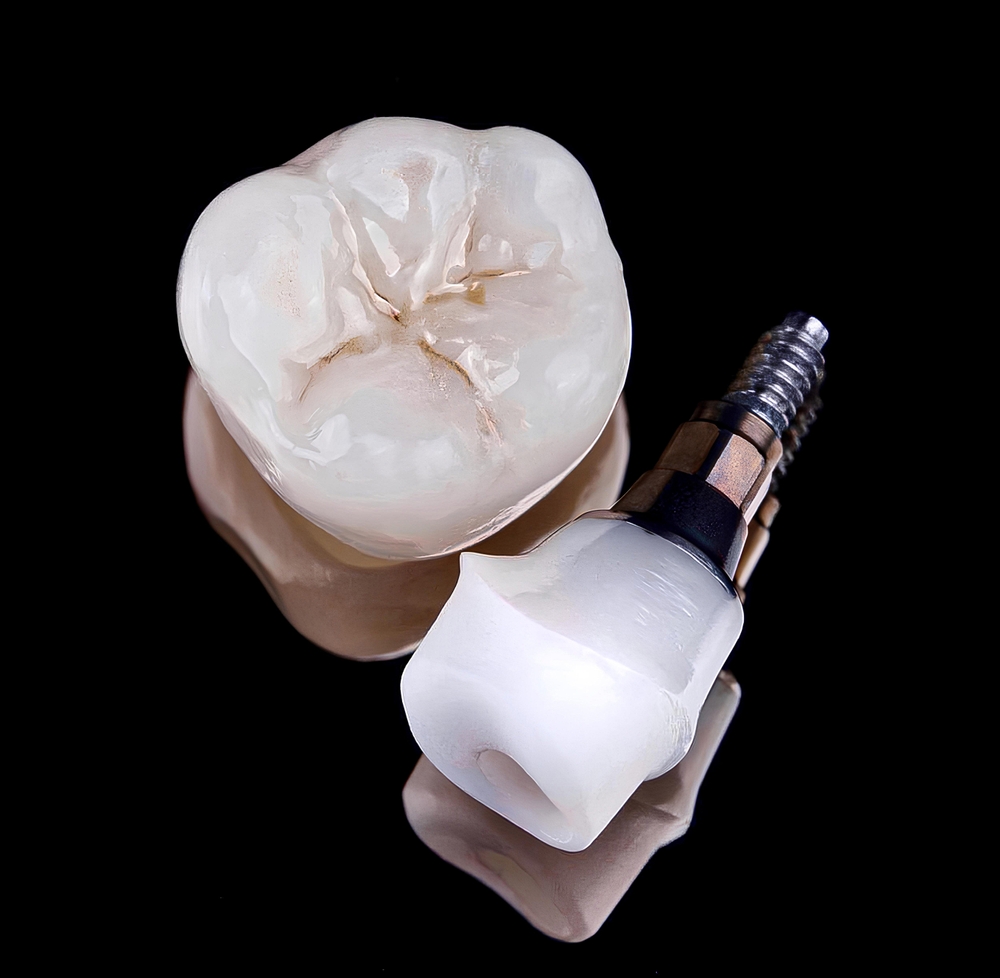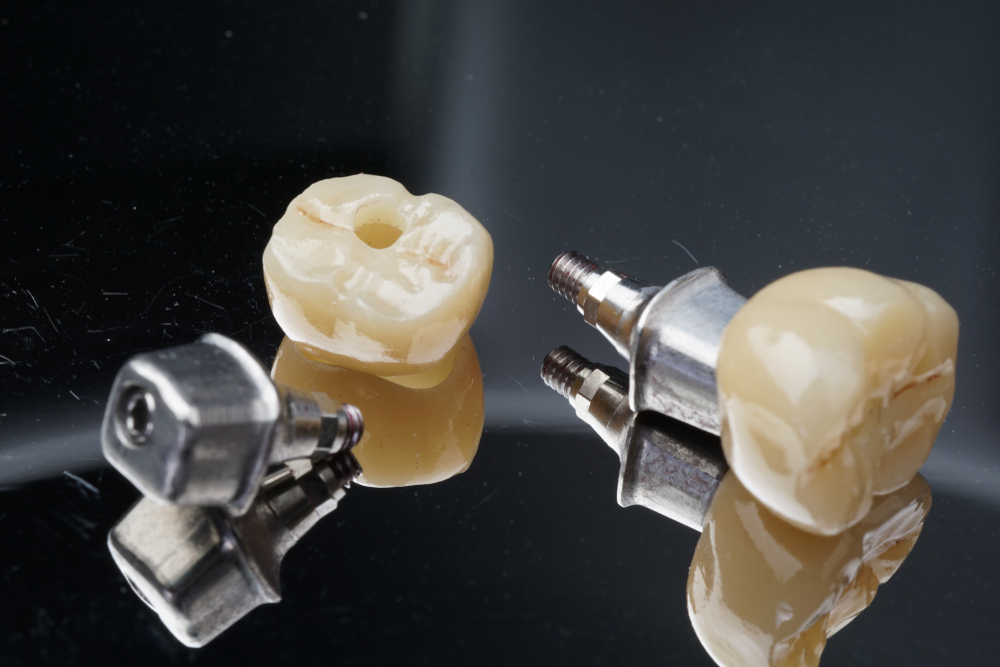In the vast and evolving field of dentistry, dental removable appliances stand as a cornerstone for addressing a wide array of oral health needs, from enhancing smiles to restoring function. These specialized appliances, designed to be taken out and put back into the mouth, offer versatile solutions for individuals facing various dental challenges. Whether it’s replacing missing teeth, preventing teeth from shifting, or protecting against wear from grinding, dental removable appliances can significantly improve one’s quality of life. This blog delves into the different types of dental removable appliances available today, highlighting their applications, benefits, and the considerations involved in selecting the most suitable option. By understanding the roles and advantages of each type, patients can make informed decisions in collaboration with their dental professionals, paving the way for improved oral health and well-being.
Full Dentures
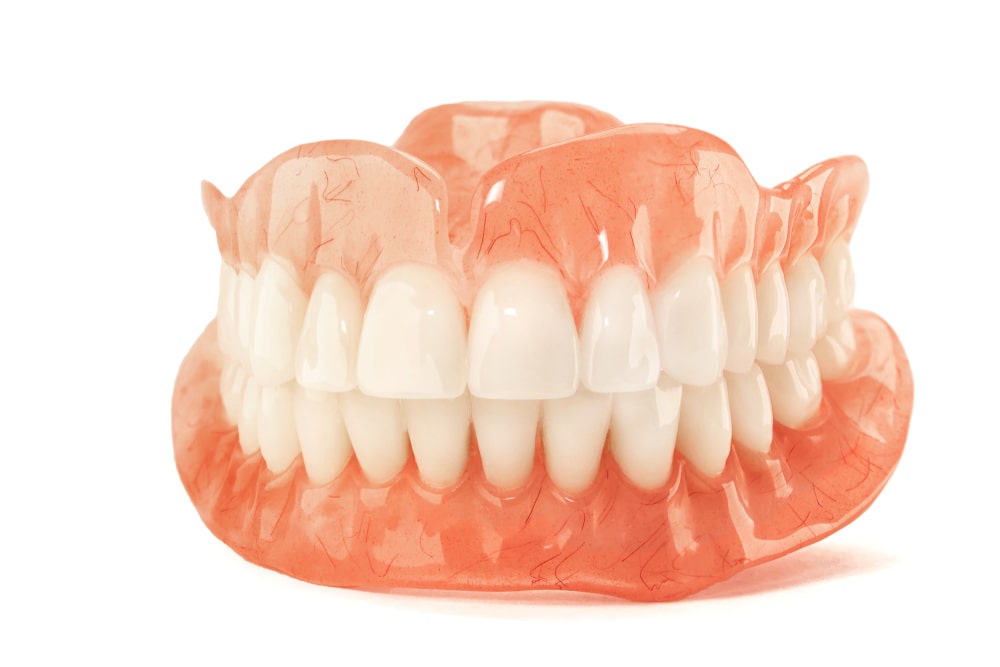
Full dentures represent a vital solution for individuals who have lost all their natural teeth in either the upper or lower jaw, or in some cases, both. These prosthetic devices are meticulously crafted from high-quality materials such as acrylic resin, which closely mimics the appearance of natural gums, and sometimes incorporate metal for added structural support. The primary application of full dentures is to restore the function and aesthetics of a complete set of teeth, enabling individuals to chew and speak effectively, which is essential for maintaining nutritional health and overall quality of life. Moreover, full dentures play a significant role in supporting the facial structure, preventing the sagging of facial muscles that can occur with the loss of teeth. By providing a cosmetic solution that enhances the wearer’s appearance and confidence, full dentures not only improve oral health but also contribute significantly to the emotional and psychological well-being of individuals, allowing them to engage fully in social activities without the self-consciousness often associated with tooth loss.
Partial Dentures
Partial dentures serve as a strategic solution for individuals who haven’t lost all of their teeth but are missing one or several in either the upper or lower jaw. Constructed with a blend of acrylic and sometimes metal for a supportive framework, partial dentures are designed to clip onto the remaining natural teeth. This setup fills in the gaps, seamlessly blending with the existing teeth to restore a natural-looking smile and improve chewing functionality. Beyond aesthetics and function, partial dentures have a crucial role in oral health; they prevent the remaining natural teeth from drifting into the empty spaces left by missing teeth, which can lead to misalignment and other complex dental issues. By maintaining the alignment and integrity of the dental arch, partial dentures not only help in preserving the natural tooth structure but also contribute to overall oral hygiene and health. Their application offers a balance between functionality and aesthetics, making partial dentures a popular choice among individuals looking to address tooth loss without resorting to more invasive procedures.
Dental Bridges (Removable)
Removable dental bridges present a unique and flexible solution within the realm of dental prosthetics, specifically tailored for individuals seeking an alternative to fixed bridges or implants. These bridges are designed to replace one or more missing teeth by anchoring onto the adjacent natural teeth or dental implants with precision attachments or clasps, making them easily removable for cleaning and maintenance. The key application of removable dental bridges is to fill the gaps left by missing teeth, thus restoring the patient’s ability to chew and speak properly. Additionally, they play a significant role in preventing the remaining teeth from shifting into the empty spaces, which could lead to misalignment and affect the bite. Removable bridges offer a blend of convenience and aesthetics, allowing for a natural-looking restoration that can be customized to match the color and shape of the surrounding teeth. This type of dental appliance is particularly beneficial for individuals who are looking for a non-permanent solution that can adapt to their changing dental needs over time, providing both functional and cosmetic benefits without the need for more invasive dental procedures.
Orthodontic Retainers
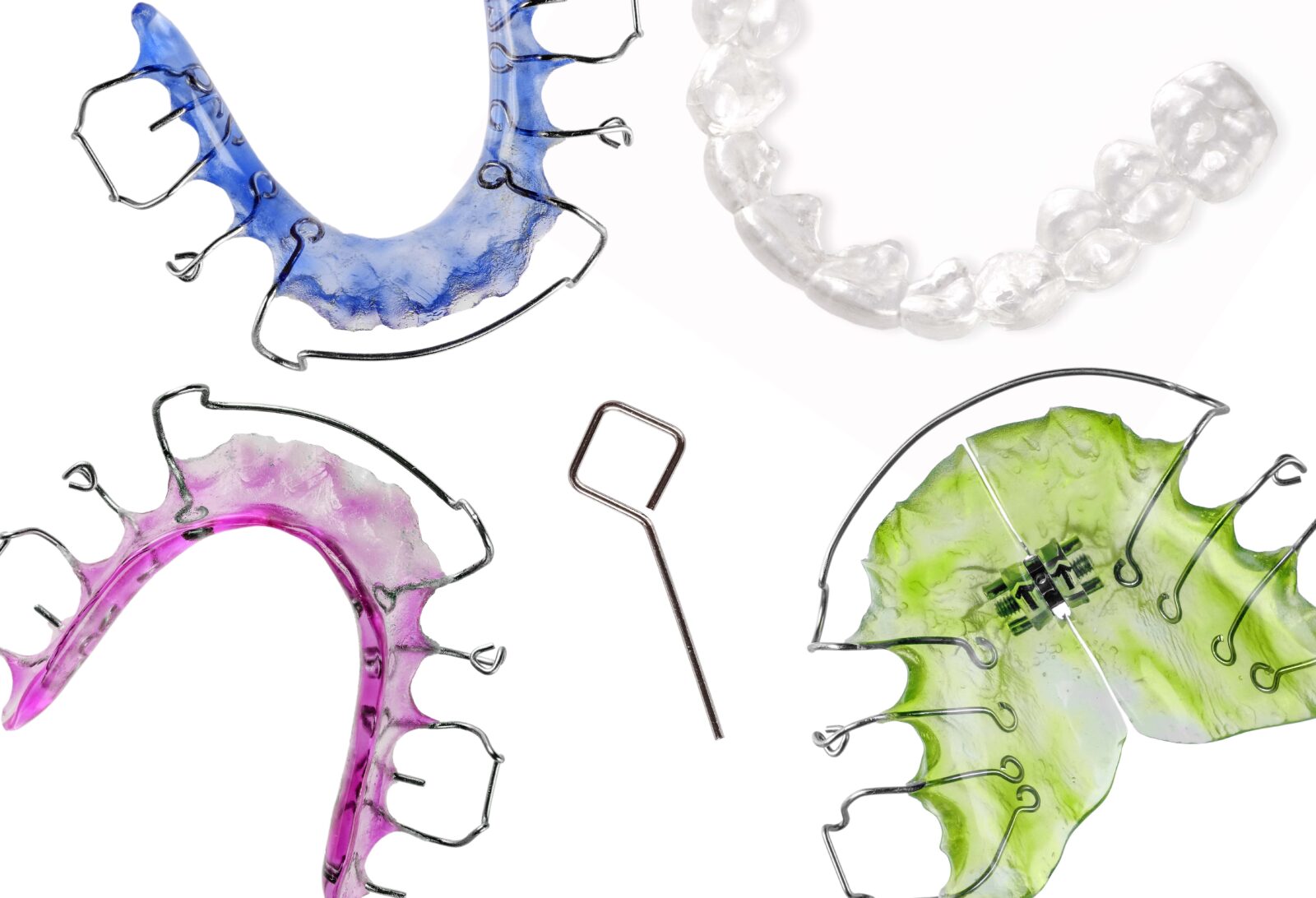
Orthodontic retainers are a critical component of post-orthodontic treatment, designed to maintain the position of teeth after braces have been removed. These custom-fitted appliances can be either fixed or removable, with the latter offering flexibility for the wearer in terms of hygiene and convenience. The primary application of orthodontic retainers is to prevent teeth from gradually shifting back to their original positions, a natural tendency known as relapse. This is crucial for preserving the alignment and spacing achieved through orthodontic treatment, ensuring long-term stability and aesthetics of the smile. Removable retainers also facilitate better oral hygiene, as they can be taken out for thorough cleaning of the teeth and the appliance itself. Additionally, for individuals who have undergone extensive orthodontic work, retainers can play a significant role in adjusting minor post-treatment movements of the teeth, ensuring the investment in a straight, well-aligned smile is protected. Orthodontic retainers, therefore, are not just a follow-up measure but a fundamental aspect of the orthodontic journey, emphasizing the importance of adherence to their use as prescribed by dental professionals for achieving lasting results.
Night Guards
Night guards are an essential tool in the management and prevention of bruxism, a condition characterized by involuntary teeth grinding or clenching during sleep. These custom-fitted appliances are designed to fit over the upper or lower teeth, providing a protective barrier that prevents direct contact between the surfaces of the teeth. The primary application of night guards is to safeguard the teeth from the excessive wear and tear that can result from bruxism, which, if left unaddressed, can lead to enamel damage, tooth sensitivity, and even fractures. Additionally, by reducing the strain on the jaw muscles and joints, night guards can alleviate symptoms associated with Temporomandibular Joint Disorder (TMD), such as jaw pain, headaches, and difficulty chewing. The use of night guards promotes better oral health by not only protecting the physical structure of the teeth but also by contributing to a reduction in the potential for future dental complications. For individuals experiencing bruxism, a custom-made night guard, prescribed and fitted by a dental professional, is a practical and effective solution for minimizing the adverse effects of this condition, ensuring a healthier, more comfortable oral environment.
Conclusion
In conclusion, the world of dental removable appliances presents a flexible and comprehensive approach to dealing with various dental challenges. By understanding the different types of removable appliances and their specific applications, patients can work closely with their dental professionals to select the most suitable option, ultimately leading to enhanced oral health and an improved quality of life.

